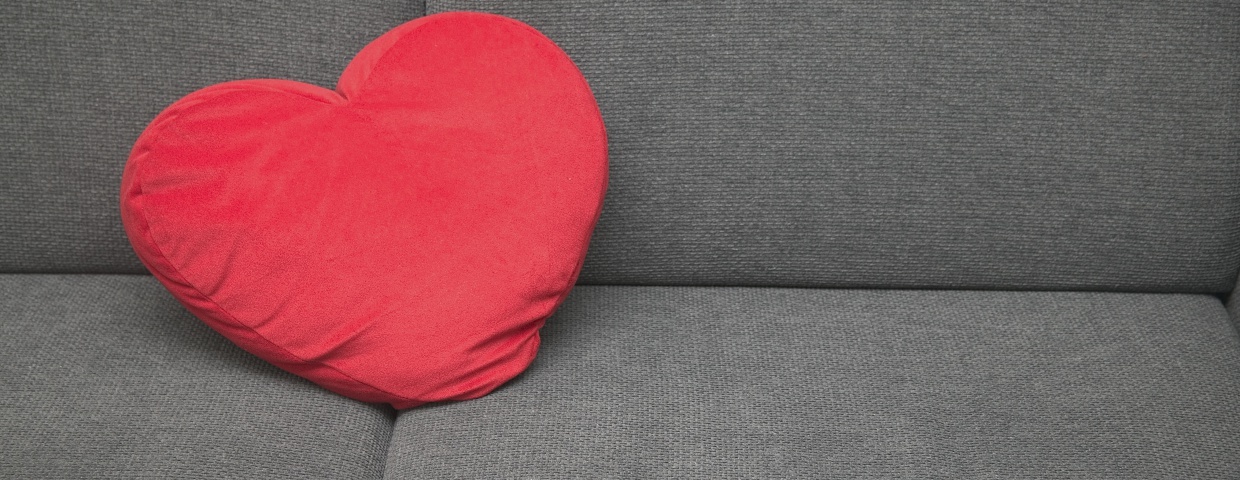Navigating Emotional Healing: Supporting a Loved One After Heart Surgery
When a loved one has had heart surgery, it can be a frightening time for both the patient and for you. There are a lot of things that your loved one will simply not be able to do for a while. There are also many types of support your loved one will need to get through the heart surgery recovery period. It's important to be there for your loved one so that this time goes smoothly.










